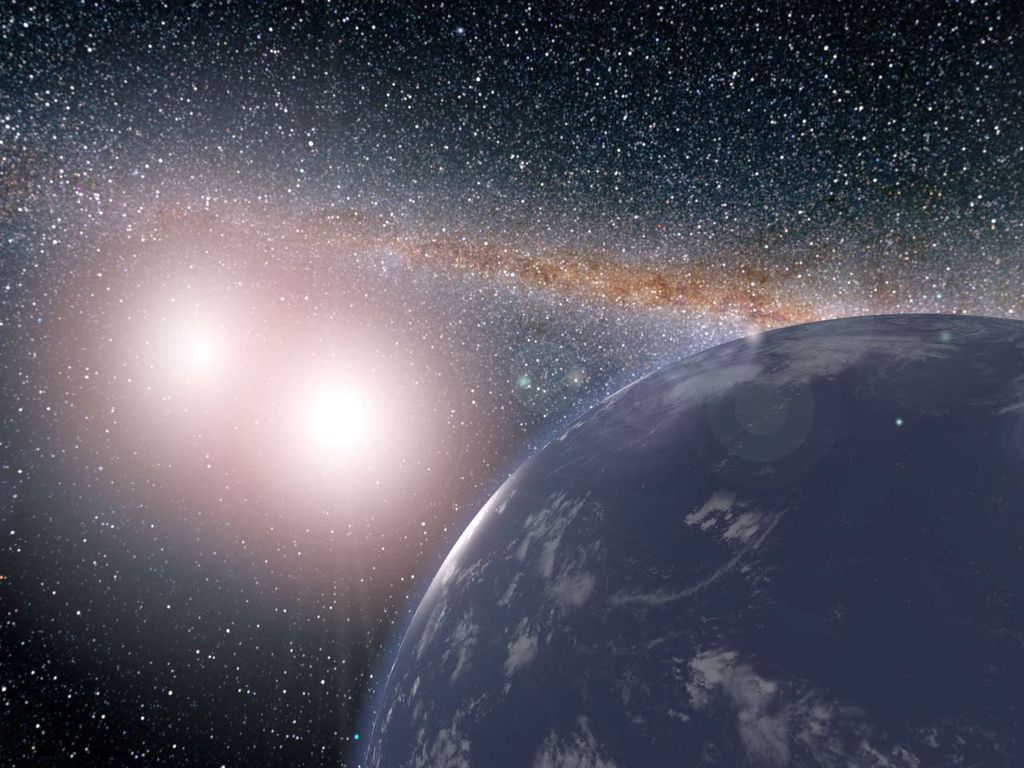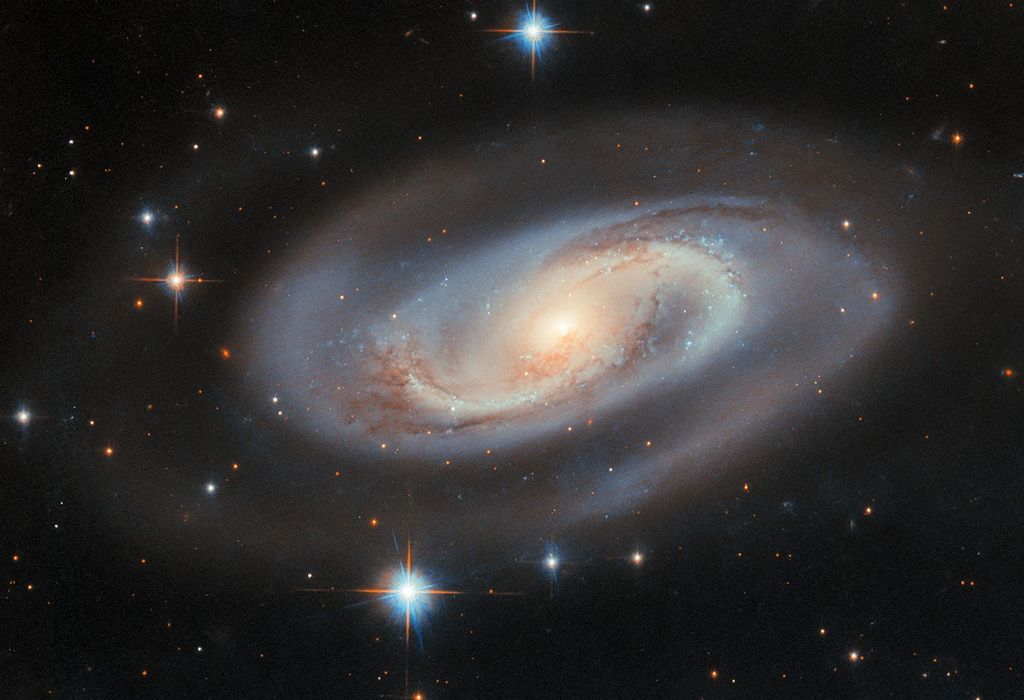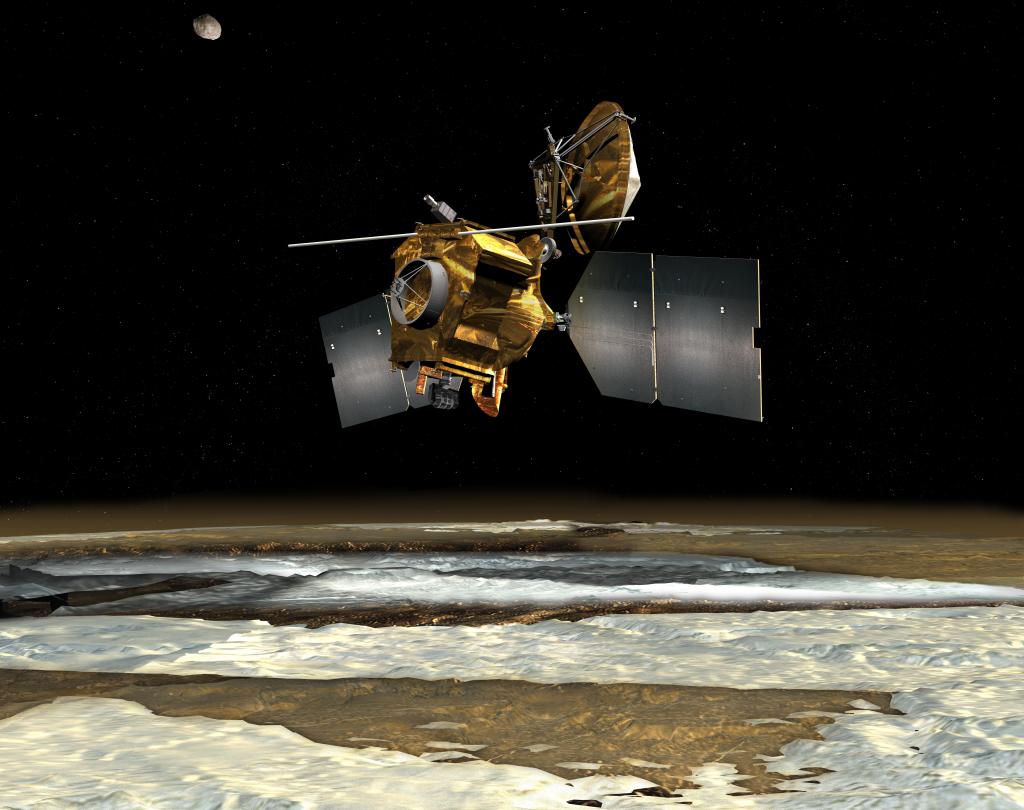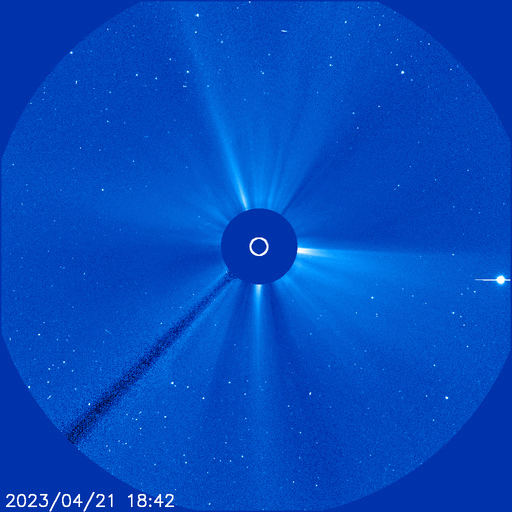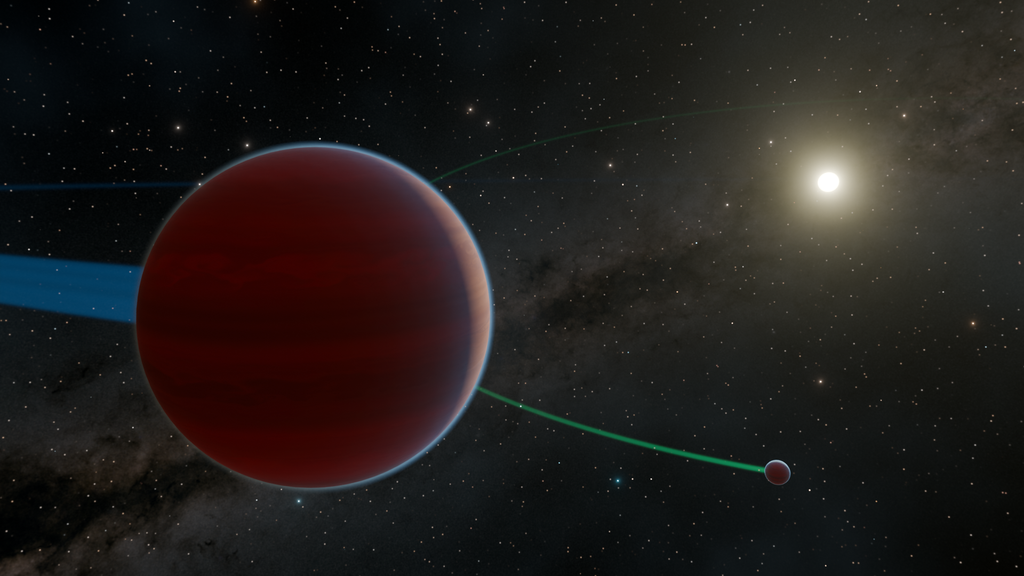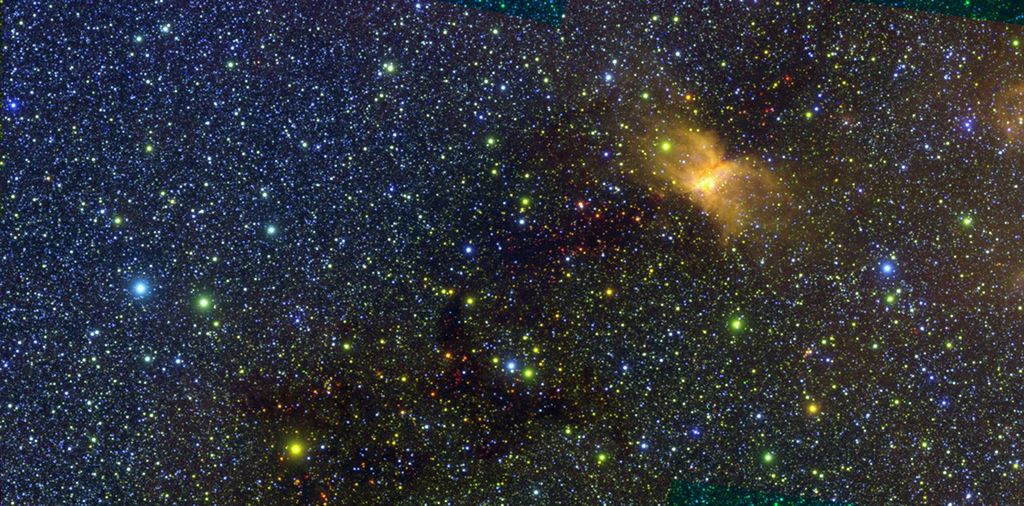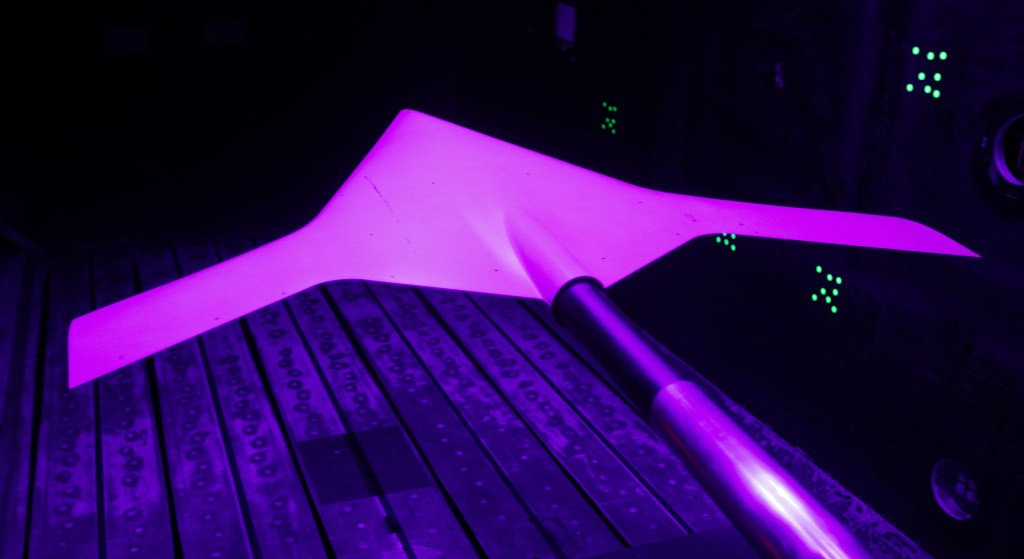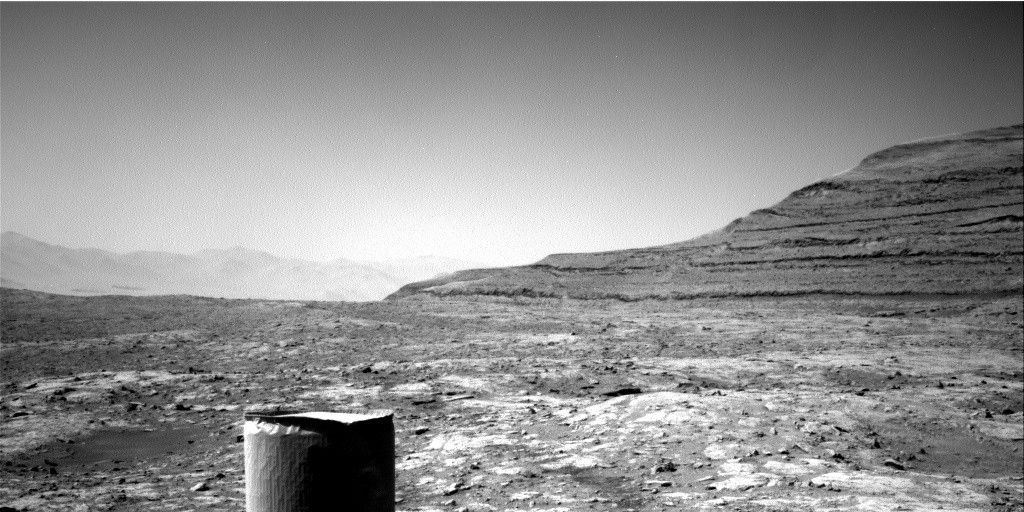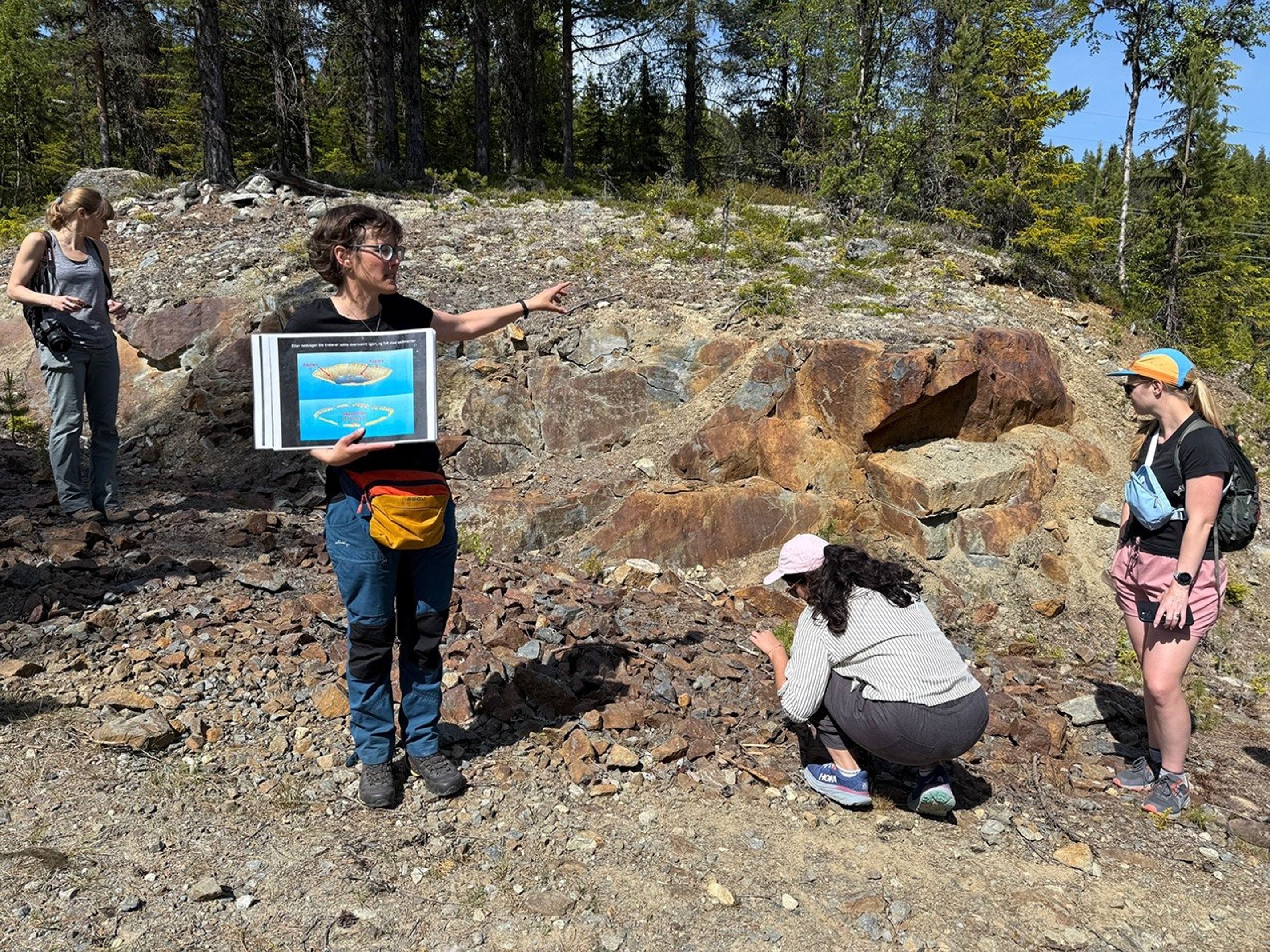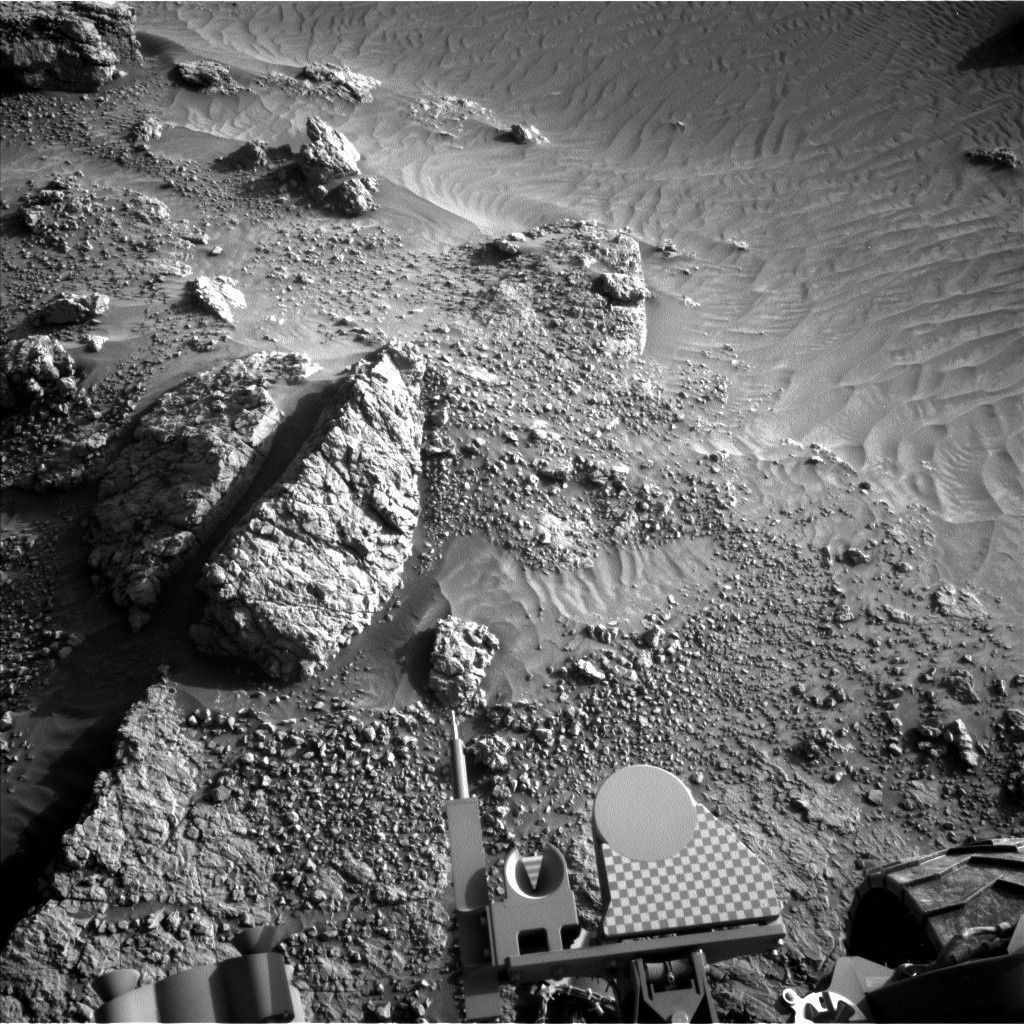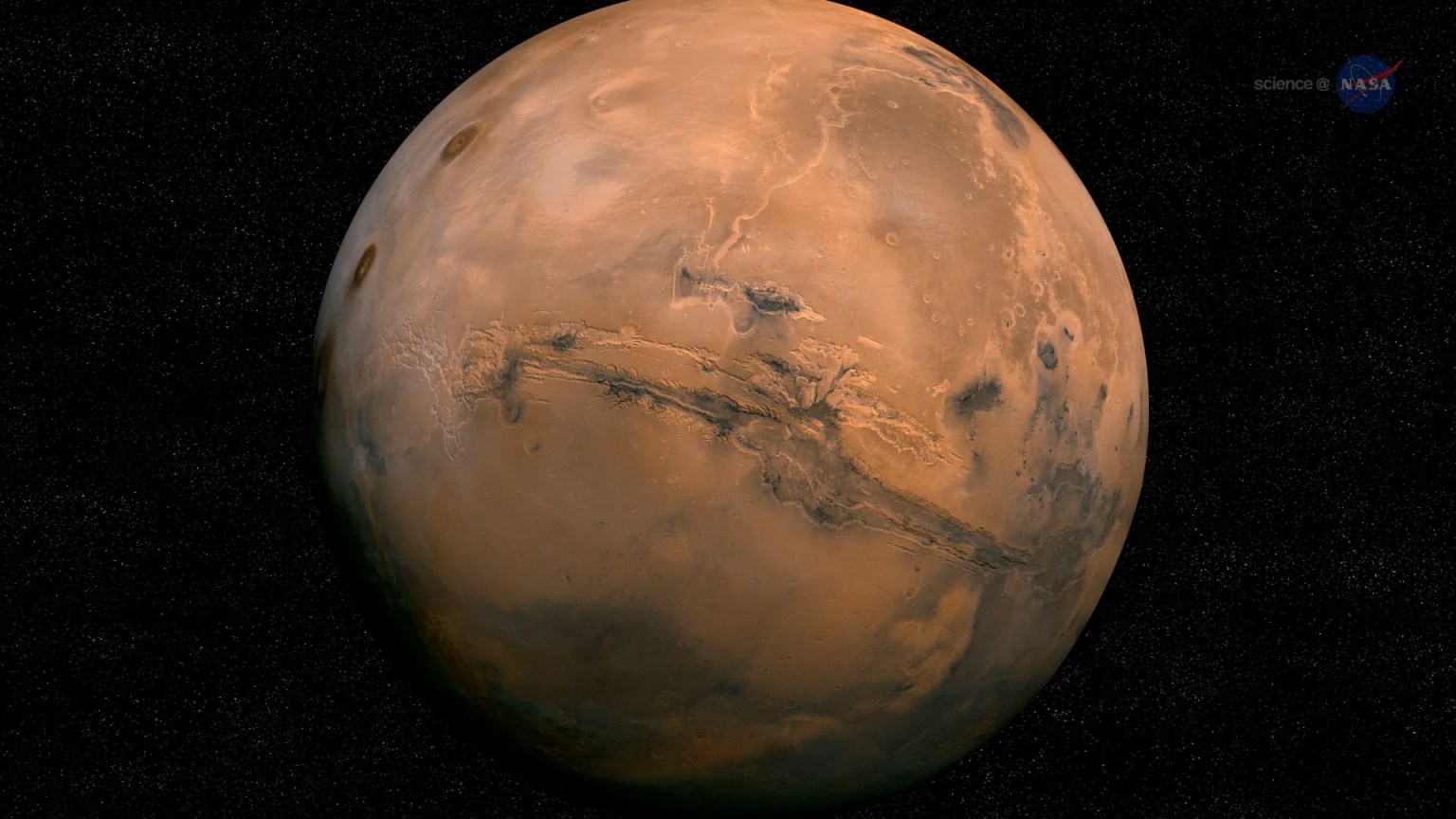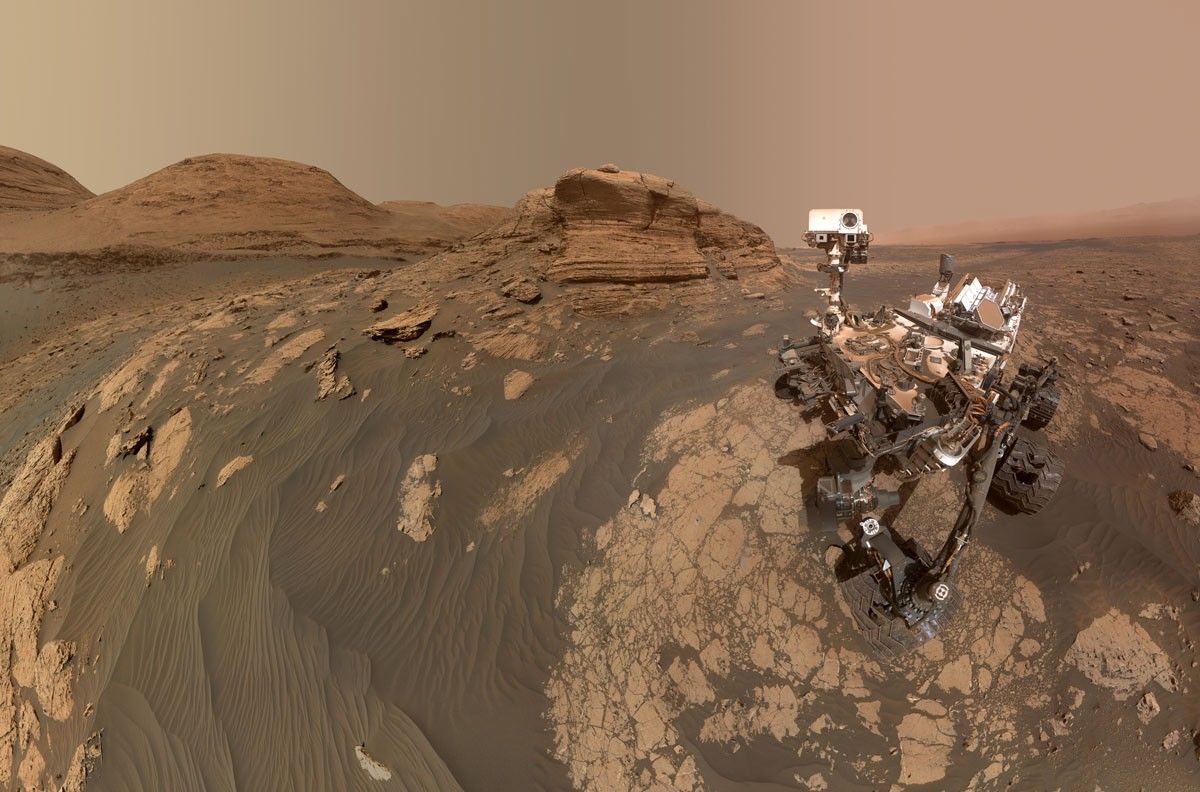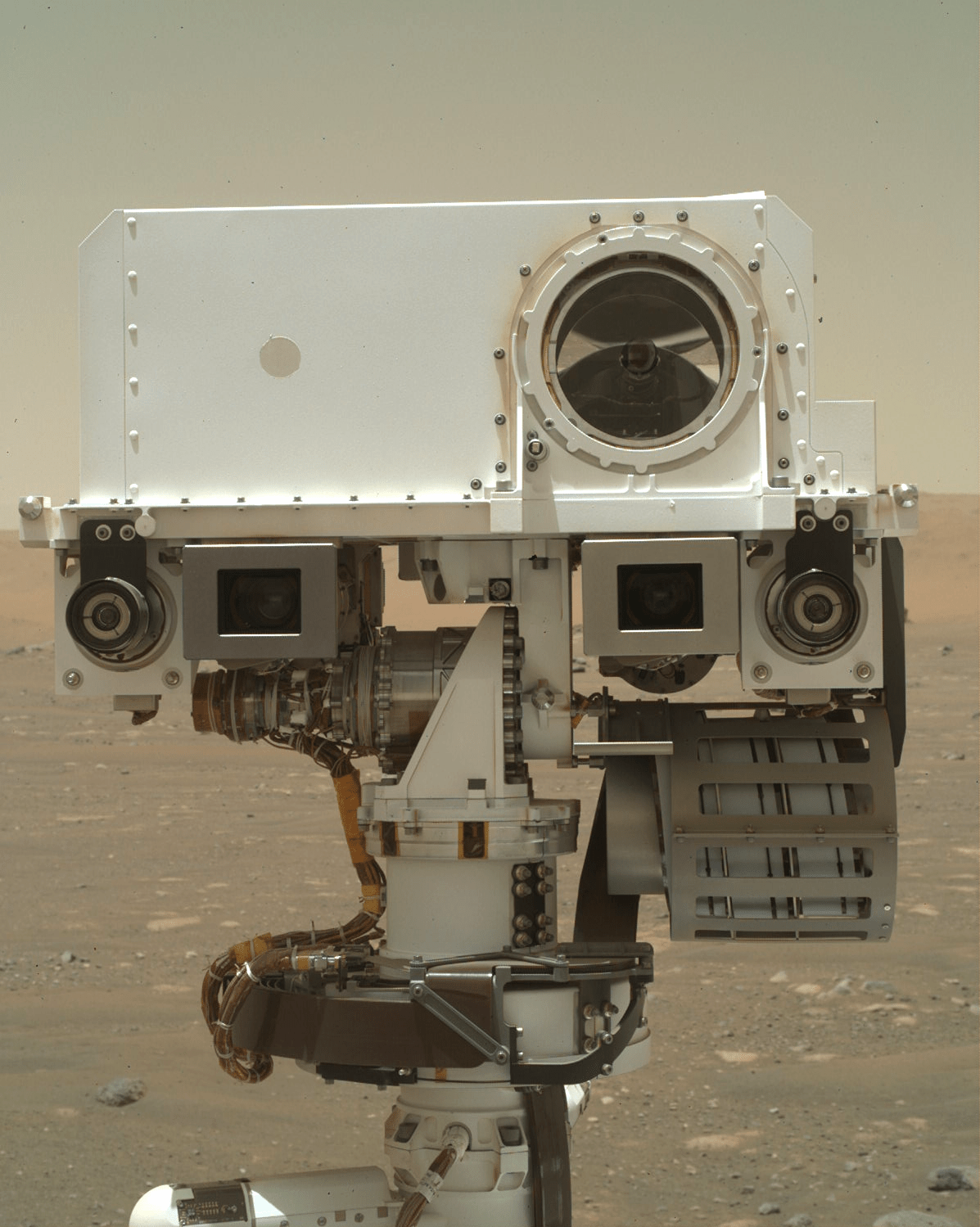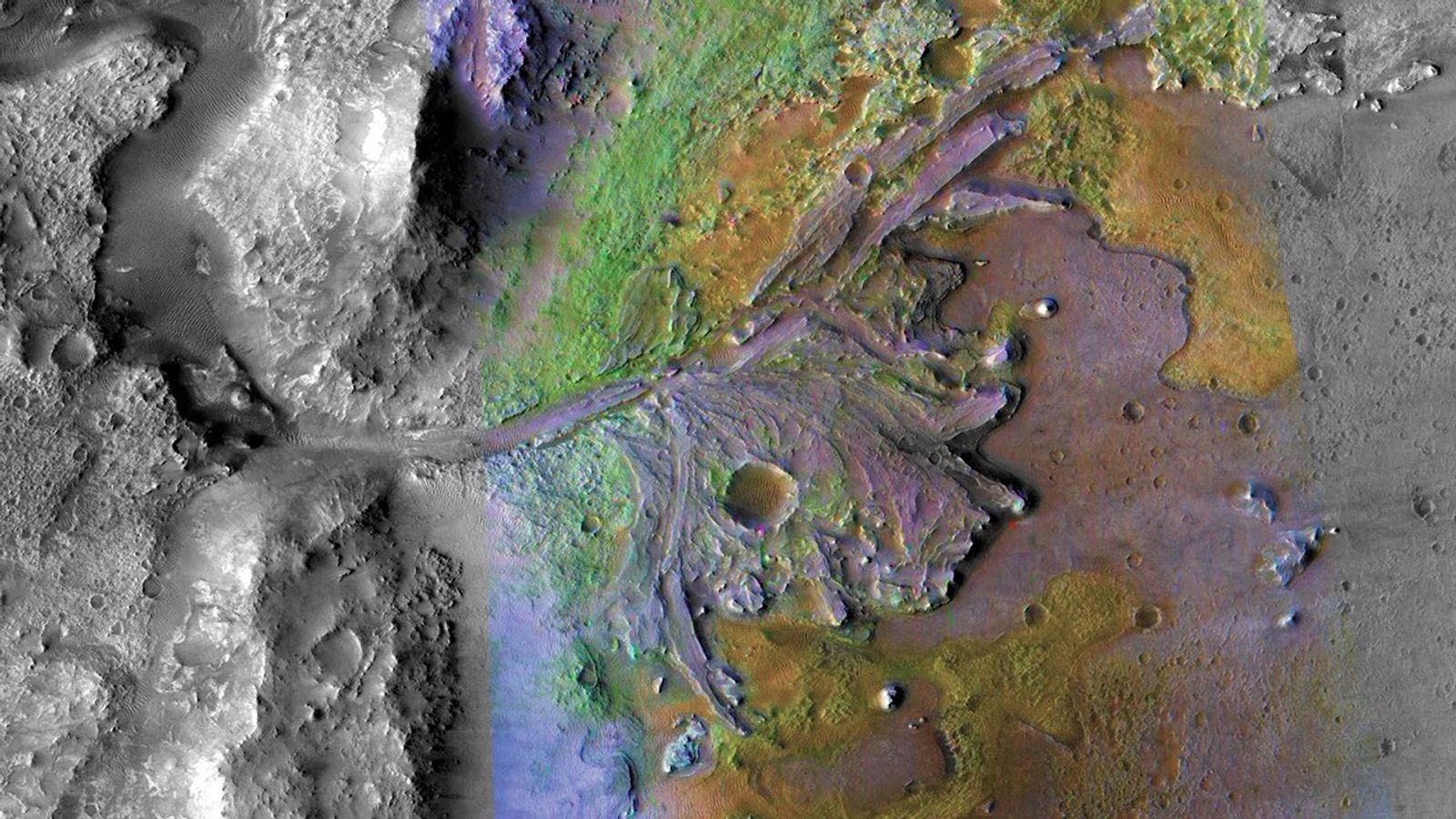Over the weekend there was a problem with the Deep SpaceNetwork that we rely on to transmit commands to Curiosity, so the rover didn’treceive its instructions and instead went into "runout" mode, where itpatiently waits for commands and
Over the weekend there was a problem with the Deep Space Network that we rely on to transmit commands to Curiosity, so the rover didn't receive its instructions and instead went into "runout" mode, where it patiently waits for commands and does some basic environmental monitoring in the meantime. That means today's plan was a "do-over" trying to cram everything from our weekend plan into two sols.
The Sol 1657 plan starts with a busy remote sensing science block. Navcam will take a couple of images of the workspace, then Mastcam will do a large multispectral mosaic of Vera Rubin Ridge and its interesting iron oxides. This is then followed by a multispectral observation of the target "Fivemile Brook" and an image to monitor the rover deck. Mastcam also has the first of several change monitoring observations in the science block. These observations are repeated throughout the day to see if any sand moves. Once Mastcam is done, ChemCam has a couple of passive calibration activities, followed by a long-distance RMI observation of Mt. Sharp that I requested.
Later in the Sol 1657 plan, MAHLI has a couple of documentation images of the scoop location at Ogunquit, and MARDI has a twilight observation of the ground under our wheels. SAM also has an engineering activity.
On Sol 1658, the plan starts off with some morning atmospheric observations using Navcam and Mastcam, as well as the start of another set of Mastcam change detection images. The main targeted science block on Sol 1658 has ChemCam observations of the targets "Kamankeag" and "Hamlik Peak" with accompanying Mastcam images. Navcam also has a dust devil movie and a cloud movie in this science block.
A little bit later in the afternoon, Mastcam will repeat its change detection image and do another couple of observations to measure the dust in the atmosphere. The change detection images will continue on into the evening, and MARDI will also take another image to see what has changed beneath the rover.
by Ryan Anderson
-Ryan is a planetary scientist at the USGS Astrogeology Science Center and a member of the ChemCam team on MSL. Dates of planned rover activities described in these reports are subject to change due to a variety of factors related to the Martian environment, communication relays and rover status.
Written by Ryan Anderson, Planetary Geologist at USGS Astrogeology Science Center

